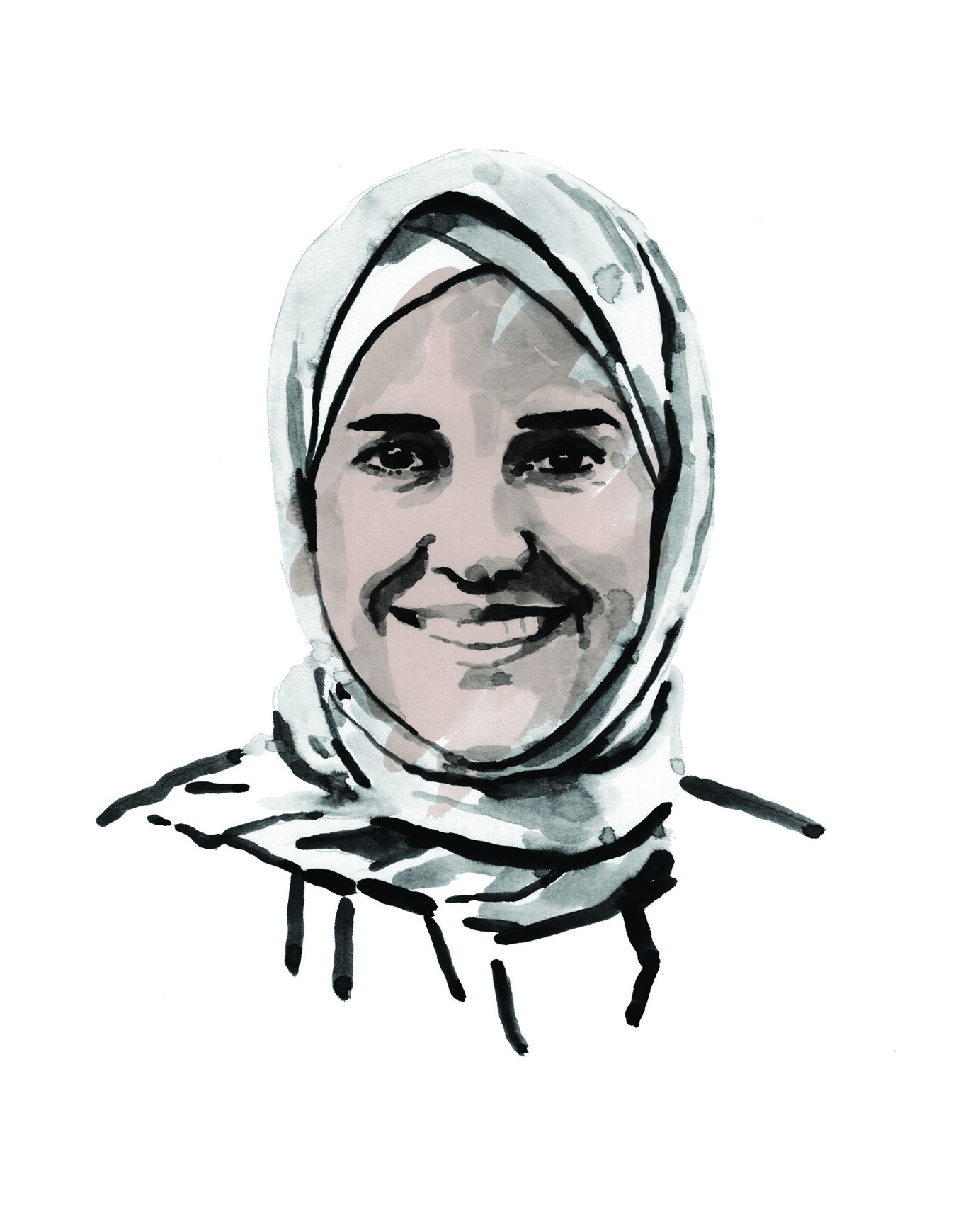Energy & sustainability
Ghena Alhanaee
Heavy dependence on infrastructure like oil rigs, nuclear reactors, and desalination plants can be catastrophic in a crisis. Her data-driven framework could help nations prepare.

Global
Lili Cai
She created energy-efficient textiles to break our air-conditioning habit.

Global
Rebecca Saive
She found a way to make solar panels cheaper and more efficient.

Asia Pacific
Dongliang (Donny) Chao
Finding safe, low-cost, and scalable energy storage new battery technologies

China
Yang Jin
Developed a new lithium metal battery system
